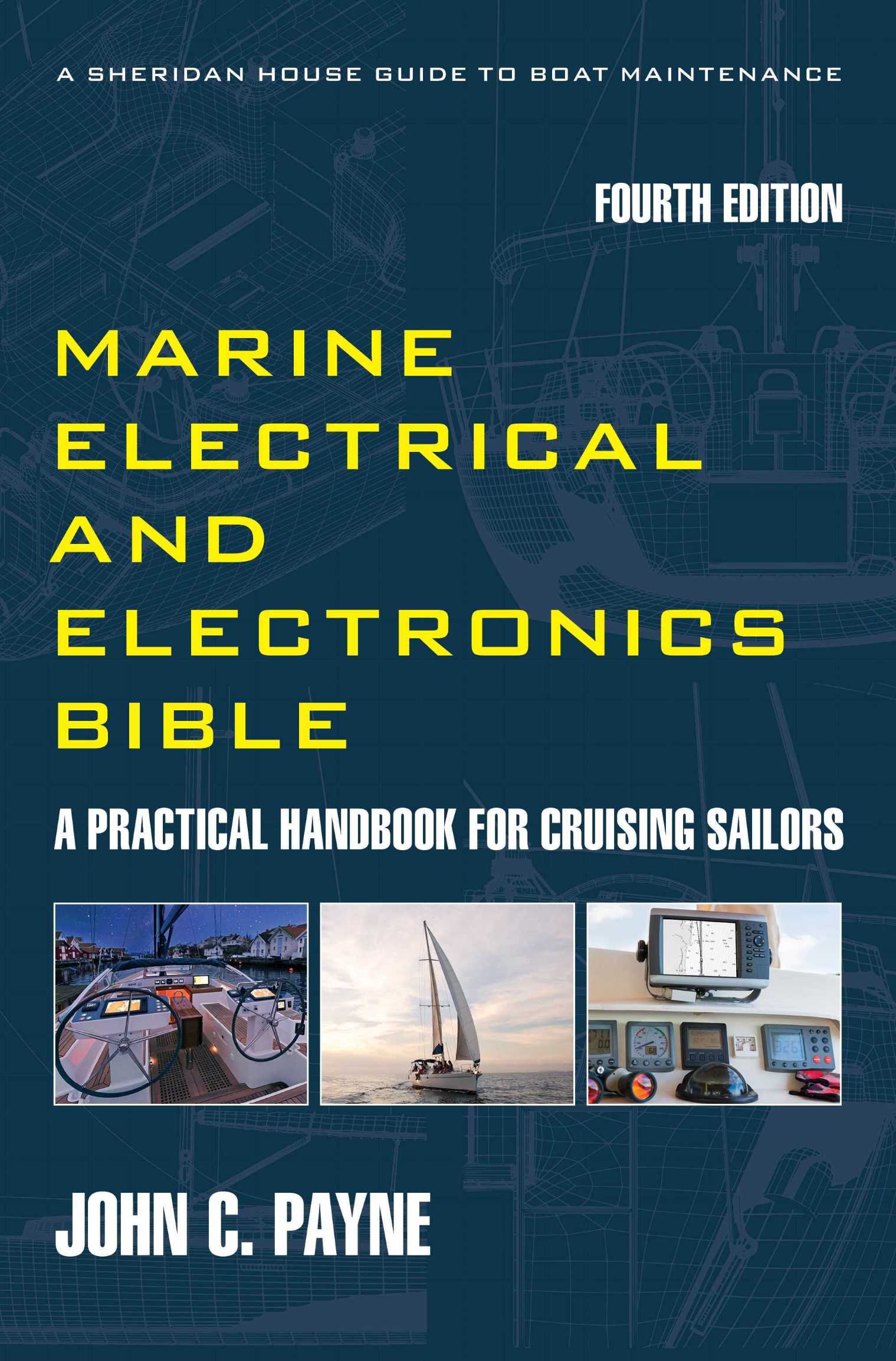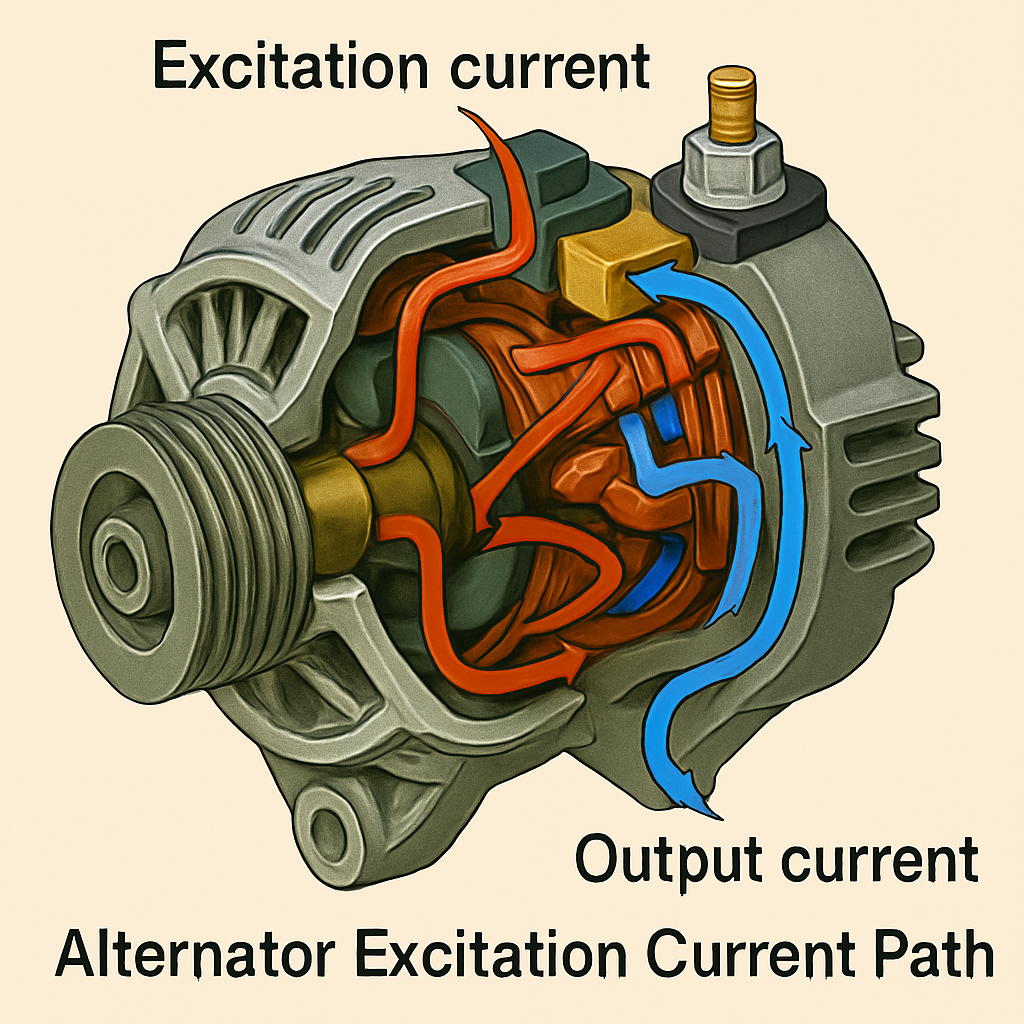Marine Electrical Courses Online Battery
Charging
Marine electrical courses online battery charging is a core subject. Battery charging is a major problem for most yacht owners be they cruising and racing yachts to trawler yachts. There are many factors to consider after a decision is made on the size and type of battery arrangement. Common sense dictates that if you don’t work the correct battery bank and alternator ratings, you are never going to really solve this with a smart regulator as many do. The go to solution has and still is bigger engine driven alternators and smart alternator regulators.
With the arrival of Lithium-ion batteries and the different charging requirements battery charging got even more complicated than it was With Lithium batteries they are not the standard 3 step charging profile, but essentially only 2 and so charging control algorithms must be accurate to avoid the issues of overcharging. In addition due to the characteristics of a Lithium battery they will draw maximum alternator current and this is why uprating of charging systems from cable ampacity to alternator ratings and everything else in that system.
The
Marine Electrical and Electronics Bible – 4th Edition
When I originally wrote the book it started off primarily about batteries and battery charging. They are still the two most common subjects debated and the also the subject of many emails and questions. The following are the table of contents for battery charging and should provide many of the answers. It was deliberately written as a text and reference book. You can buy a copy of The Marine Electrical and Electronics Bible 4th Edition here.
3. Battery Charging Systems; Battery Charging Systems. Charging Cycles. Charging Efficiency. Charging System Configurations. Relay Solenoid Configuration. Diode Configuration. Diode Isolator Testing. Electronic Battery Switches. Battery Charging Capacity. Charging Support, Charging Circuits. Charging Isolation and Protection. Charging System FMEA. Charging System Redundancy. Failure Mode Mitigation. Charging System Maintenance.
4. Alternative Energy Charging; Alternative Energy Charging Systems. Solar Systems. Solar Ratings and Efficiency. Panel Regulation. Diodes. Charging System Interaction. Solar Panel Site Selection. Solar Panel Installation. Solar Panel Maintenance. Solar Panel Troubleshooting. Wind Charging Systems. Wind Generator Features. Wind Speed Equivalents. Marlec Wind Generator. Eclectic Wind Generators. TESUP Wind Generators. Air-X Wind Generators. Leading Edge Wind Generators. MarineKinetix Wind Generators. Superwind Wind Generators. Wind Generator Ratings. Generator Charging Regulation. Generator Installation. Wind Generator Troubleshooting. Prop Shaft Charging Systems. Towed Turbine Charging Systems. Hydrogenerators. Cruising 600 Hydrogenerators. Eclectic Sail-Gen Water Generators. Fuel Cells. Fuel Cell Construction and Operation. Fuel Cell Efficiency.
5. Alternator Charging Systems; Alternator Charging. Alternator Basics. Alternator Components. Field Circuits. Alternator Selection. High Output Alternators. 48V High Output Systems. Overvoltage and Surge Protection. Alternator Installation. Alternator Drive Pulley Selection. Alternator Maintenance. Alternator Faults and Failures. Alternator Troubleshooting. Alternator Terminal Designations. Alternator Remagnetization. Alternator Regulators. Alternator Regulator Sensing. Alternator Regulator Types. Standard Voltage Regulators. Regulator Polarity. Balmar Regulators. Adverc Regulators. Sterling Regulators. Battery Charge Settings. Alternator Manual Control Devices. Alternator Controllers. Regulator Troubleshooting. Regulator Removal. Charging System Troubleshooting.
6. Battery Chargers; Battery Chargers. Battery Charger Types. Battery Charger Output Ratings. Charger/Inverters. Multiple Battery Charging. Battery Charger Installation.
Marine Electrical Courses
Online Battery Charging
The majority of cruising yachts have to run the engines for excessive periods to recharge. The charging default scenario is using the standard engine alternator for charging both start and house batteries. Then the whole issue of autonomy between charging periods and while many use a 12-hour profile many like myself opt for 24 hours. This also brings in the subject of proper load analysis and battery bank capacity calculations. The ideal maximum run time aim for most is ideally one hour in the morning and one hour in the evening, which is also to coincide with refrigeration pull down times where mechanical compressor driven systems are installed. When fuel storage is tight, and that quiet anchorage is too quiet to spoil, cutting down charge times is essential.
Marine Electrical Courses
Online Battery Charging
As battery is effectively self-limiting in terms of charge acceptance levels, we cannot simply push back in the discharged value and hope that it will recharge quickly. The battery during charging is reversing the chemical reaction of discharge, and this can only occur at a finite rate. The alternator therefore must be selected if possible to recharge at the battery optimum charge rate as specified. The majority of alternators have a fixed output of 14 volts, with some makes having the option of regulator adjustment or sensing up to around 14.8 volts for isolation diode voltage drop compensation. Charge voltage is probably the single most important factor in charging, as all other factors, such as charging current are related to it.
Marine Electrical Courses
Online Battery Charging
If you have done your homework and performed the math on power consumption, from your power analysis table is calculated the maximum current consumption. In practice a further 20% margin is for battery losses to give a final charging value. One popular view is that the alternator rating should be approximately 30% of battery capacity, and this is a good start point however not the final value to rely on as every installation is different. Calculating and other factors are all explained along with ready to use tables in the from The Marine Electrical and Electronics Bible has a lot more detail on this subject
Marine Electrical Courses
Online Battery Charging
The Marine Electrical and Electronics Bible has a lot more detail on regulators and we will review this. The regulator, and not the alternator output size is the key to all alternator charging systems. The function of the regulator is to control the output of the alternator, and prevent the output from rising above a nominal set level, typically 14 volts, which would otherwise damage the battery, alternator and electrical equipment. Essentially the regulator is a closed loop controller, monitoring the output voltage and varying the field current in response to voltage output variations. In practice a regulator does not control the charging process significantly until the battery charge level increases to approximately 50% of capacity. Prior to that level a battery will absorb a fairly large charge current. You can read more here about how-to-charge-boat-batteries.
Marine Electrical Courses
Online Battery Charging
When the voltage of the battery rises to this threshold, the regulator starts limiting the voltage level. The charge current levels off as the voltage level rises. The traditional automotive alternator is fitted with a regulator designed for automotive service. This requires the replacement of a relatively small amount of discharged power, which it does in a short time period. The alternator then supplies the vehicle electrical loads during running periods. This is totally inadequate in vessel in yacht applications. To recharge a marine-battery properly the charging system must overcome battery counter voltage, which increases as charging levels increase.
Marine Electrical Courses
Online Battery Charging
The typical scenario as we all know is one of a high charge at initial start-up and then a rapidly decreasing current reading on the ammeter. As a result, few boat batteries are ever charged much above 70% of capacity. One of the many undesirable effects of standard regulators is that when a load is operating on the electrical system, charging current also decreases. As an example, based on tests I have made with an alternator with a total output of 30 amps at 14 volts and a vessel electrical load of 24 amps, I found that only 6 amps was flowing into the battery with a terminal voltage of only 13.2 volts. Marine Electrical Courses Online Battery Charging subjects are essential to understand and keep the power on.


